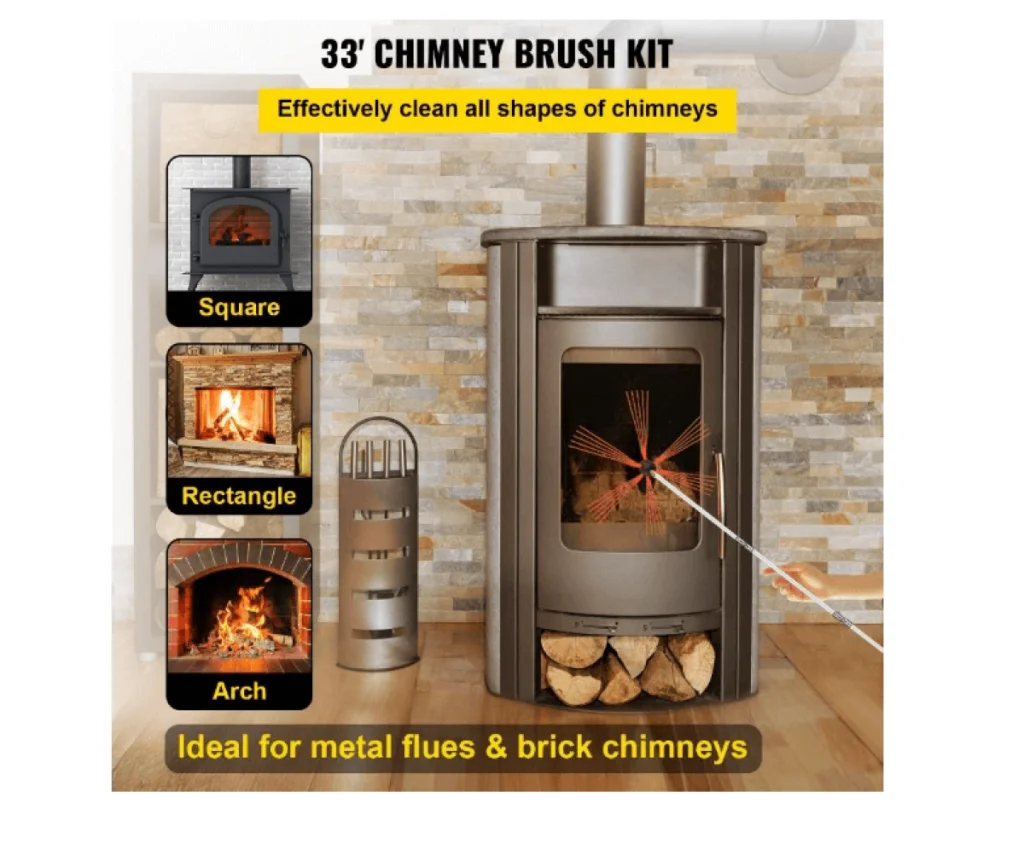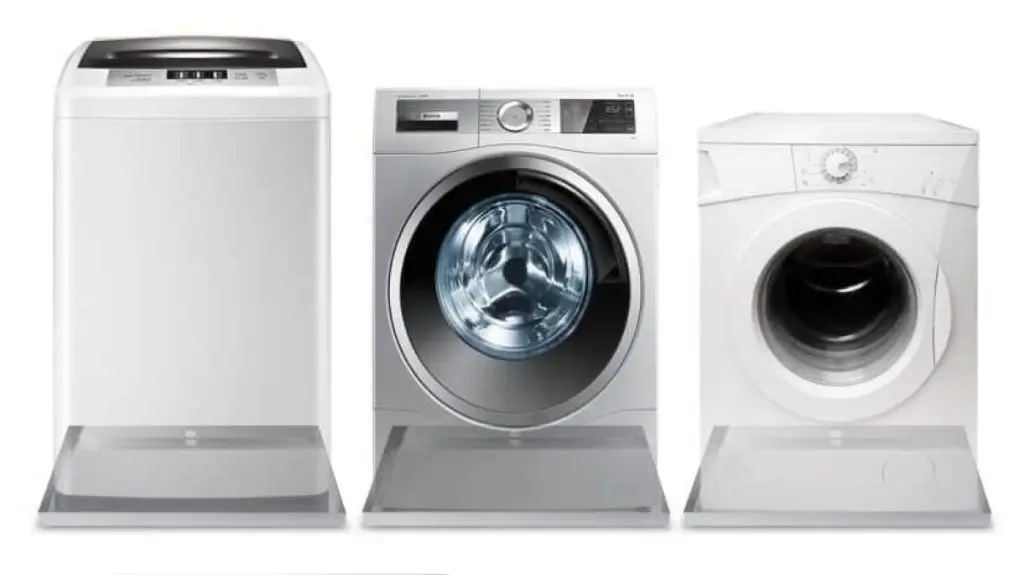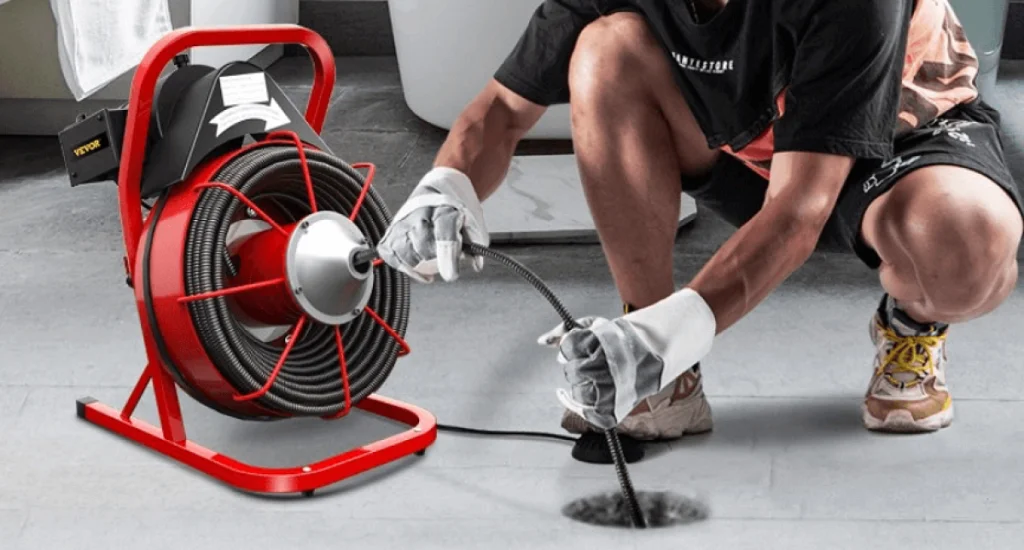Do you still use the old methods to clean awkward, fiddly things? Clean things with elbow grease, polish, isopropyl alcohol, soap, and water. That’s your old practice, right? Then you’re living in a stone age if you’ve never heard how appealing ultrasonic cleaners are.
Ultrasonic Cleaners move liquid particles to clean off about anything, including grease. If the particle is hard, then they efficiently grind them. But if you have ever experienced some old and not up-to-date model which has been less than stellar. Then don’t fret” about it because, in this detailed review article, you’ll learn how VEVOR ultrasonic cleaners are getting popular among people due to their outstanding features. A large-capacity tank works very well. For jewelry cleaning, this ultrasonic cleaner has a stainless tray and a small spherical holder. Its features will amaze you if you use the right solution and a cleaner.
Unboxing and Setting Up the VEVOR Ultrasonic Cleaner
Upon buying ultrasonic cleaner from VEVOR, you’ll get:
- 1 Cleaner Basket
- 1 Power Supply
- 1 Stainless Steel Cover
- 1 Tiny Stainer
- Manual Guide
Without wasting further time, let’s set up our VEVOR Ultrasonic Cleaner. In this review, we’ll do an in-depth review of this VEVOR digital ultrasonic cleaner.
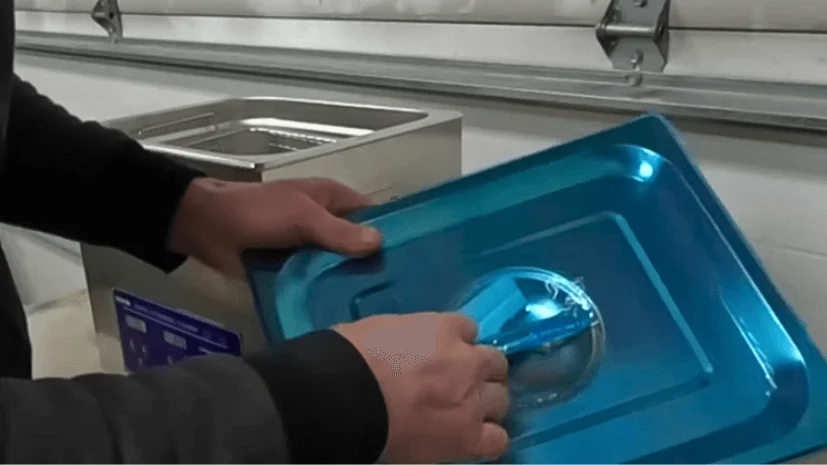
Step 1: Take off the blue plastic from the stainless-steel cover.

Step 2: Plug in the switch to power up the VEVOR ultrasonic cleaner.
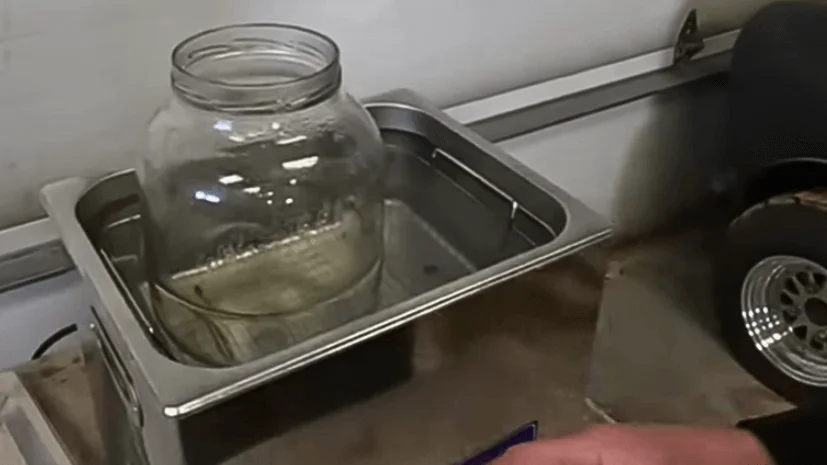
Step 3: To clean your items put the cleaner basket inside the tray. Now the ultrasonic cleaner is ready to use.
VEVOR Ultrasonic Cleaner Reviews
Within 30 minutes, it distilled water. As it’s made up of 304 stainless steel, it doesn’t leak water. Its excellent cleaning, extraction, oxidation, and cavitation features surprise its users. To improve your product cleaning efficiency, use the vibration feature. In case of overcurrent, a spare fuse is provided.
In a few seconds, you’ll be able to clean anything. This VEVOR commercial ultrasonic cleaner has a cleaning basket to keep your jewelry, glasses, and watches in place. This tank has a 9.3L volume capacity and is made of durable steel.
When cleaning flat objects, keep the frequency low; this makes more noise, but it works really well. Higher frequencies mean less noise and less cavitation, so you can clean smaller objects like holes, nooks, etc. Integrated timer and temperature monitor provide precise washing timing and temperature control.
Specifications
- Size: 32.5/26.5/ 28 cm
- Frequency: 40K Hz
- Heating Power: 250 W
- Material: Stainless Steel
- Power Supply: 60Hz
- Tank Capacity: 9.6L
- Time Setting: 0-30 minutes
- Transducer Quantity: 4 Sets
- Weight: 7.75 Kg
- Package size: 41.5/37.5/36.5 cm
Pros
- Easy to use
- High Rigid Basket
- Work well to clean paint guns
- Clean items in a no-time
Common Uses for VEVOR Ultrasonic Cleaners
Here are some common uses for ultrasonic cleaners. Let’s hope this suggests ways to use sonic energy to increase throughput.
- Cleaning Surgical and Dental Objects: You must start cleaning surgical and dental equipment immediately. However, to prevent yourself from any unhygienic situation, make sure the surgical blood doesn’t get dry.
- Laboratory Glassware: Just put the glassware in the basket, set the temperature, add cleaning solution, and take it out once your glassware gets cleaned.
- Circuit Boards: Contaminated excess solder and rosins must be removed from newly manufactured boards.
- Injections: Stubborn contaminated oil, grease, and flashing are removed from injections after manufacturing, and if it isn’t properly cleaned, your items can be rejected.
- Engine Parts: Service providers can stop using solvents, sprays, and wash tanks by investing in an ultrasonic cleaner, shade tree mechanics, auto service departments, and lawn, garden, and recreation equipment.
- Using In Lab: Using ultrasonic cleaners in the lab for sample preparation can turn analytes into measurable forms without chemical degradation induced by bad temperatures or mechanical stress.
Testing the VEVOR Ultrasonic Cleaner
Before starting the cleaning process, you should have any detergent or soap for cleaning. It’s recommended to use pine sol to remove stubborn dust and dirt.
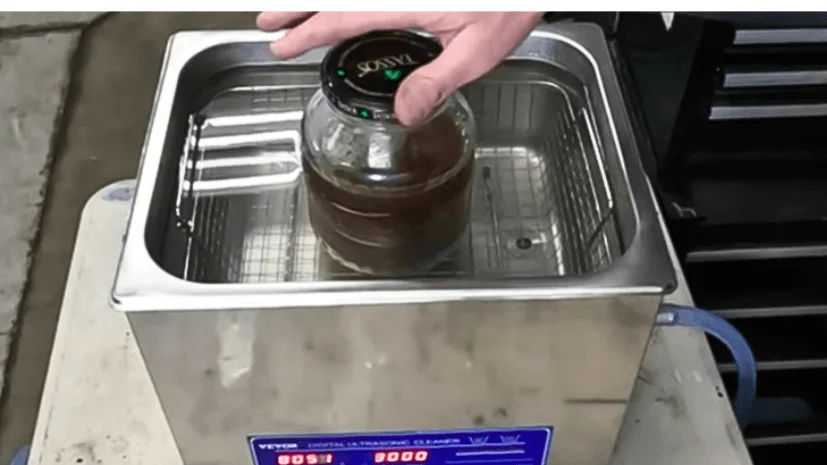
Step 1: Put the pine sol into the jar; close the lid tightly. Allow to run this mixture for 30 minutes.
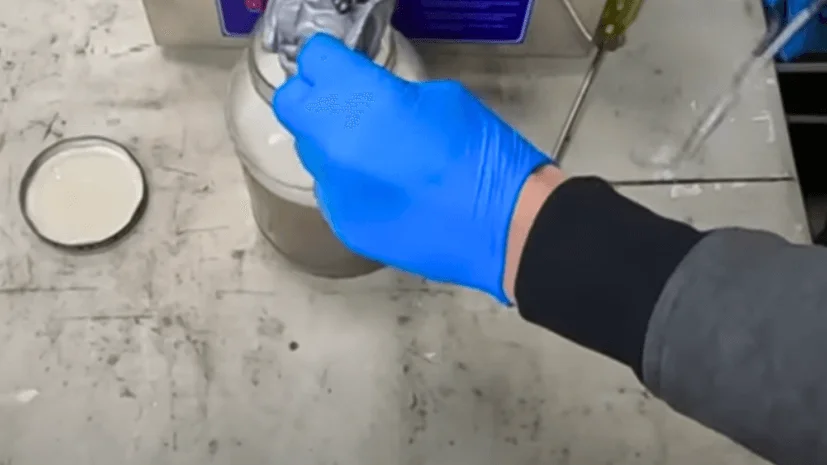
Step 2: After 30 minutes, take out the jar from the ultrasonic cleaner. Open the lid and rinse your items with water.
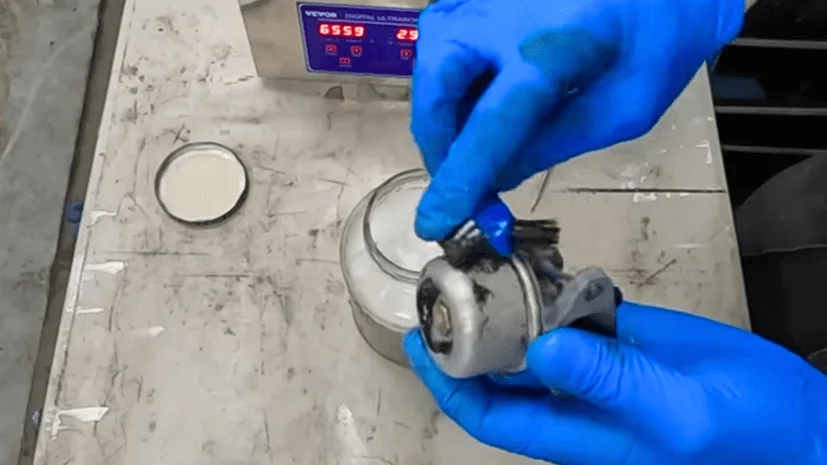
Step 3: Use a plastic brush to clean it. Furthermore, you’ll easily remove it after scrubbing for a few minutes.
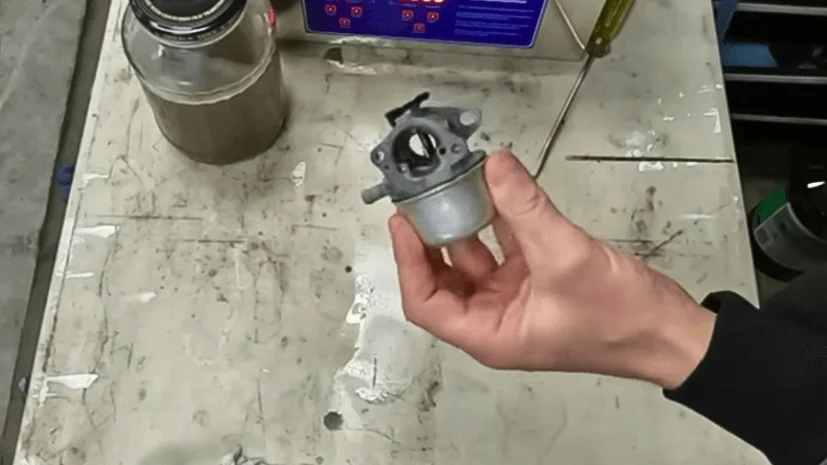
Step 4: Now you can see the carburetor is sparkling and comes up as brand new.
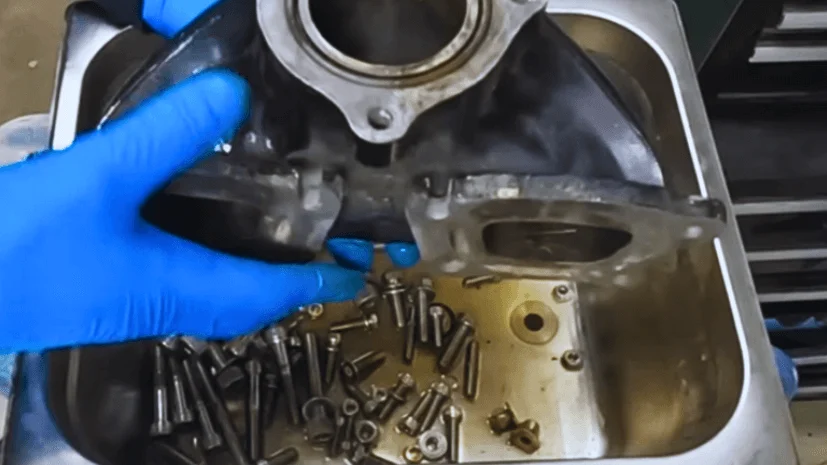
Step 5: Put all the big items into an ultrasonic cleaner to check out the quality. Set the temperature and start running the machine.
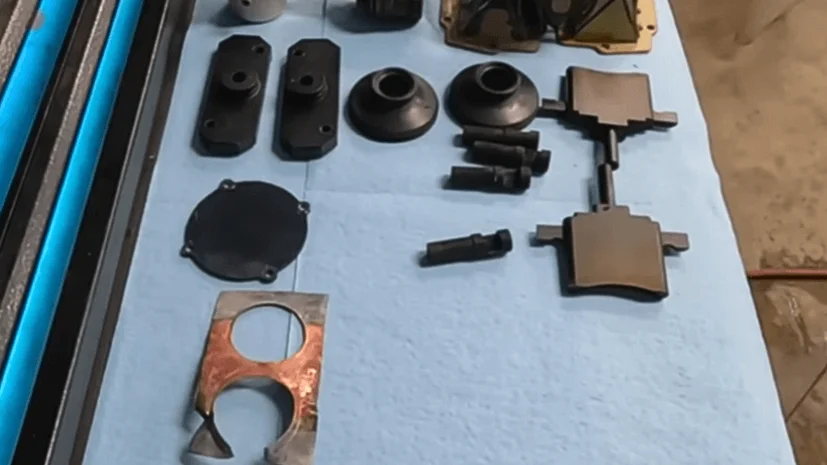
Step 6: All items get cleaned. If your items still seem dirty, then you can run the ultrasonic cleaner twice.

Step 7: Wow, you can easily scrub the paint without making an effort.
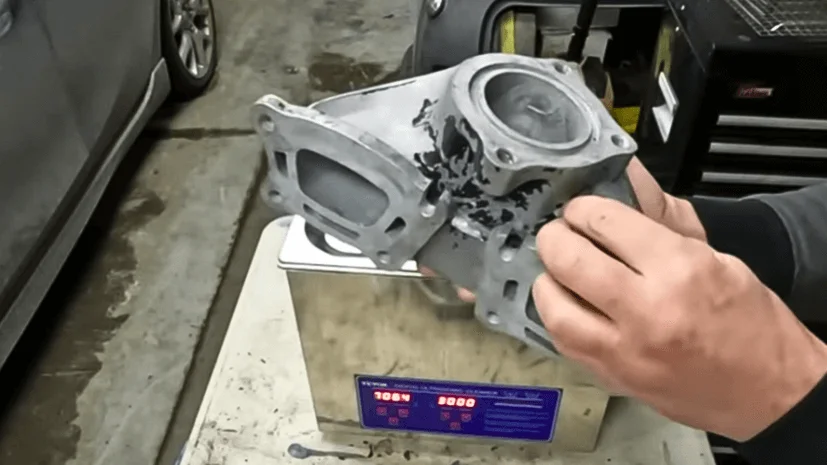
Step 8: This dirty exhaust fan gets cleaned.
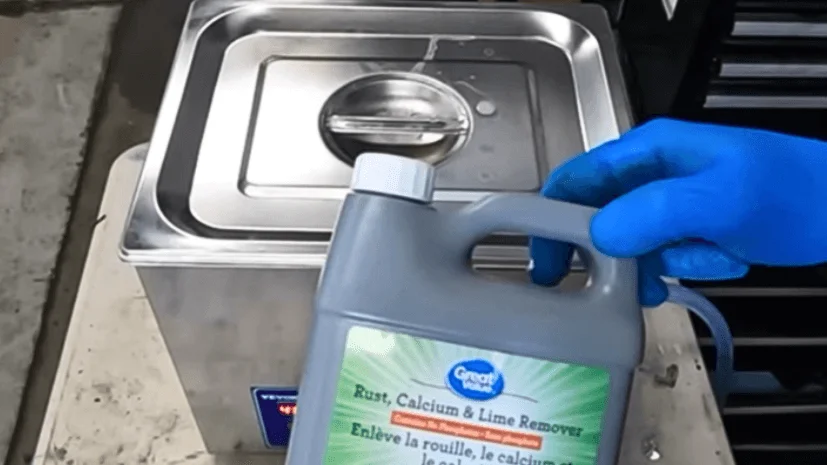
Step 9: Now add this liquid to your ultrasonic cleaner and dilute it in 1.6 L water.
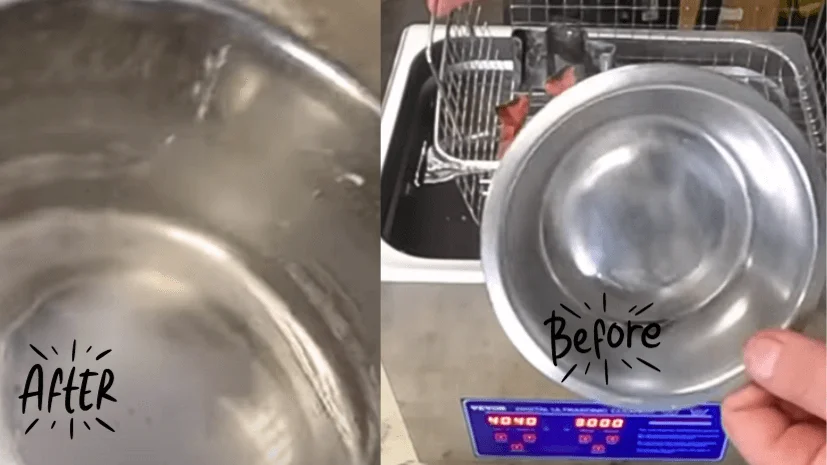
Step 10: You can remove your pet’s utensils by adding them in an ultrasonic cleaner. After running for 30 minutes, it gets clean quickly like a new one.
This VEVOR ultrasonic cleaner works outstandingly; you will make a fruitful investment if you consider cleaning it. Within 30 minutes, it’ll make your items brand new.
FAQs About VEVOR Ultrasonic Cleaner
1- What’s the right frequency for changing the ultrasonic solution?
You’ll need to change your solutions depending on how often you use your machine. Medical fields (such as dental, surgical, and dermatological) recommend discarding the solution after every use and once daily for instrument cleaning.
2- What’s the best time to run an ultrasonic cleaner?
In our experience, controlled and established cleaning processes typically require 5-30-minute ultrasonic wash cycles.
3- Is water needed for ultrasonic cleaners?
No water in the tank, and the cleaner is turned on, which will burn out the transducer almost instantly. Make sure your cleaner is full before you hook it up.
4- In ultrasonic cleaners, what solvent should be used?
The Ultrasonic Cleaning Method Using Volatile Solvents. Ultrasonic cleaning sometimes requires volatile solvents like IPA, acetone, or trichloroethylene.
Conclusion
Once you get your VEVOR commercial ultrasonic cleaner, people will ask you to clean their stuff. It’s suggested not to clean the stainless steel tank; use a plastic jar to hold parts and cleaning solution. Ensure the tank is filled up before you run the VEVOR ultrasonic cleaner, or it’ll burn out the cleaner. Running the ultrasonic cleaner with too little cleaning solution is never a good idea. When you’re done, dispose of the solution. Ultrasonic works exactly as described.

